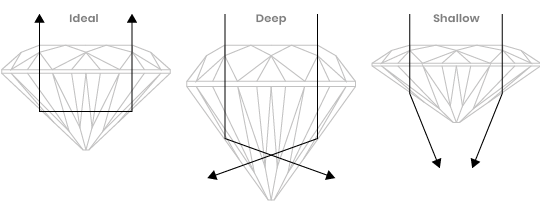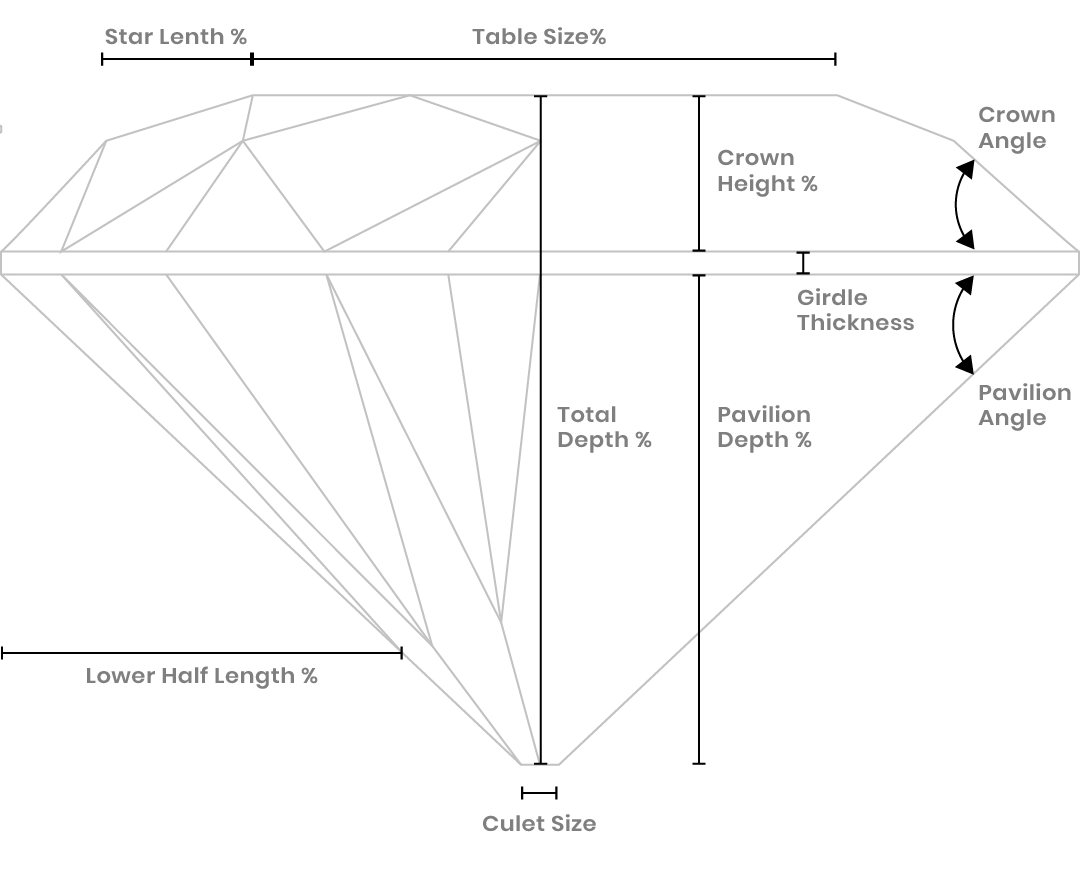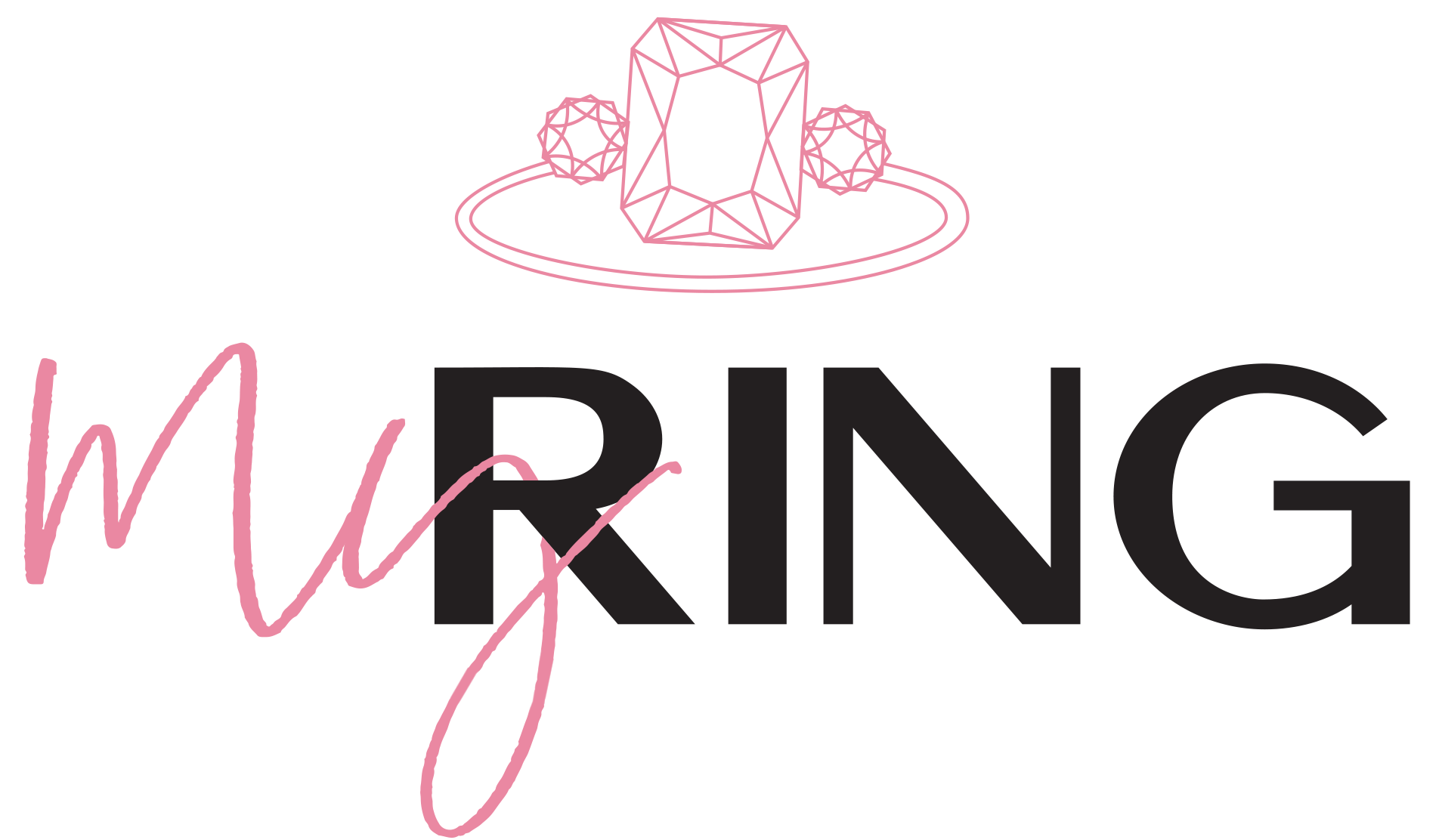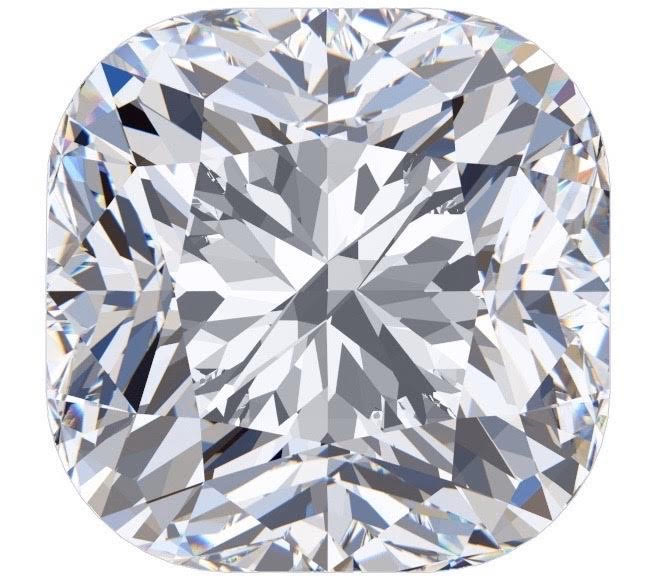Ring Education
Understanding the 4 C’s
When starting the search for the perfect ring, chances are you will encounter the 4C’s. These are known as Carat weight, Clarity, Color, and Cut. These are the four main aspects that go into the overall grading of a diamond.
Clarity
Clarity refers to the inclusions or natural characteristics present in a diamond, and is graded essentially on the clearness of the stone. Every diamond, unless graded internally Flawless/Flawless, will have some kind of clarity characteristic. The most common visible characteristics are black spots that give the appearance of pepper flakes, or white “feather” or “cloud” looking spots. To a trained eye these are easier to find, but to an untrained eye most characteristics will be difficult to see. That is why all of our diamonds are carefully hand selected and have a 3–D view under strong magnification to truly examine each diamond before selecting the perfect one. The GIA Clarity standards range from I3– Heavily included, to FL/IF- Flawless/Internally Flawless. If inclusions are something you prefer not to see, we recommend looking at a diamond with an SI1 (Slight Characteristics) or higher. Learn more about clarity


Cut
A diamond’s Carat weight, Clarity, and Color are all rarity characteristics that you are paying for, they don’t contribute much to light performance, or the sparkle. If brilliance is what you desire most, then the Cut of the diamond will be your main focus. The traditional GIA Cut grading system rates: Poor, Fair, Good, Very good, and Excellent. The higher up the Cut scale the more brilliant your diamond will be.
When light hits a diamond, its rays are entered through the top of the stone. From there, depending on the cut, it will determine how much sparkle will reflect back out of the top. The more symmetrical the “cuts” or facets are, the more light return the diamond will have. A poor or fair cut will not retain as much light, therefore the diamond will appear dull and lifeless. A good cut will have some light reflection and will sparkle at an average rate. A very good cut will have more light return and portray asymmetrical arrow pattern(s) when viewed from the top-down. An Excellent/Ideal cut diamond will give off maximum light performance, and will disperse the most brilliance.
Another benefit of a higher cut diamond is the appearance of the stone being whiter and brighter. A well cut diamond will have a higher chance of hiding unwanted characteristics, making it easier to hide flaws. In conclusion, keeping a high rating on the cut of your diamond will enhance the brilliance of the stone, regardless the grade of the other C’s. Learn more about cut in depth
When discussing sparkle, three important factors you want to focus on are:
- Fire is the deep rich glow of rainbow colors, noticeably more visible in darker environments; its tantalizing beauty is enhanced. Chances are you have been in a dim light environment, usually a restaurant setting, and have seen the fire of a diamond dance.
- Brilliance pertains to the intense white light that is reflected through the top of diamond. The more symmetrical the proportions are, the brighter the diamond will be.
- Scintillation is essentially the sparkle of the diamond. It refers to the array of white and rainbow flashes that intensely sparkle as the diamond is moved. Typically seen best in lighter lights, but shows the true life of the diamond.
Diamonds properly graded with a provided laboratory certificate, will provide an exact color, clarity, carat weight, and cut. Graded diamonds will have documentation of specific criteria. Grading reports are important when assessing a diamonds value and increases trust. Strict and proper grading criteria are worldly recognized by the laboratories of GIA and AGS. When comparing diamonds, be sure the grading reports issued are graded by the same lab to ensure accuracy of comparison.
Click on the ring shapes below to view our corresponding My Ring inspiration galleries:
Color
Color is exactly how it sounds, it pertains to how much color is present in the diamond. A colorless diamond (D-F) will give you a whiter look, but also cost quite a bit more than a near colorless diamond (G-J). Depending on your taste, you may be apt to stick with a colorless diamond if you desire a whiter sparkle. On the other hand, you may love the array of rainbow sparkles a near colorless diamond radiates. If you’re curious why the Color chart starts with D, it’s the creators of the GIA that wanted a fresh start, with no association with earlier non-dependable diamond grading systems that started with an “A”. Learn more about color


Carat (Size)
Think of carat weight as pennies to a dollar, are like points to a diamond. When talking about a one carat center diamond, which is the average size of engagement rings, majority of diamonds are not a true 1.00 carat. A true carat is exactly 1.00, but most one carats range from .95 to 1.10, and are still classified as a 1 carat according to the Gemological Institute of America (GIA) scale.
Does this mean the price will vary from diamond to diamond? The answer is yes, and the price ranges significantly. A one carat can range anywhere from $3,000 to $8,900 depending on different quality factors. Diamonds are like snowflakes, no two are alike. Each one is unique and full of different characteristics, making every one special and unlike another. Learn more about Carat weight


Diamond Anatomy & Cut Quality


other center stone options

Traditionally wedding rings feature a diamond for the main stone. However, there are many other options to choose from. Recently, the new stone trend is lab grown diamonds. These are made up of the exact same properties as a naturally formed diamond, test as a natural diamond, and sparkle like crazy. People are opting for these lab grown diamonds, not only for the huge price savings, but also for the benefit of being able to comfortably afford a larger stone.
For the client that wants something more unique, rose cut diamonds are popping up all over Pinterest. A traditional round cut diamond contains 58 facets or “cuts”, where these unique stones have anywhere from 3-24 facets. Unlike a traditional diamond, these stones are much flatter in depth, causing less light refraction. Causing these antique cut diamonds to produce a more lustrous look versus an array of sparkle.
Gemstones come in every color and are used for center stones more than ever. We recommend looking at sapphires if you desire a colored main stone. Sapphires come in just about every color, minus red. They are going to be the hardest material next to a diamond, so you can be at ease knowing the strength of your stone is the strongest compared to any other colored gem.










